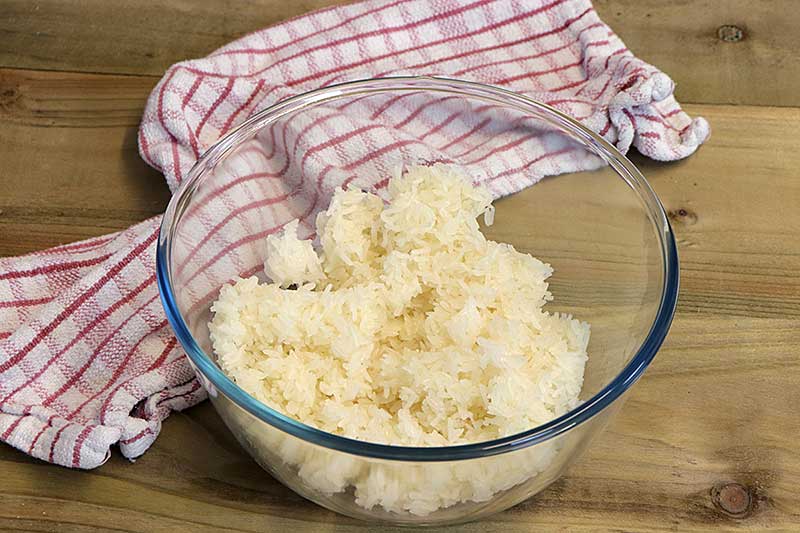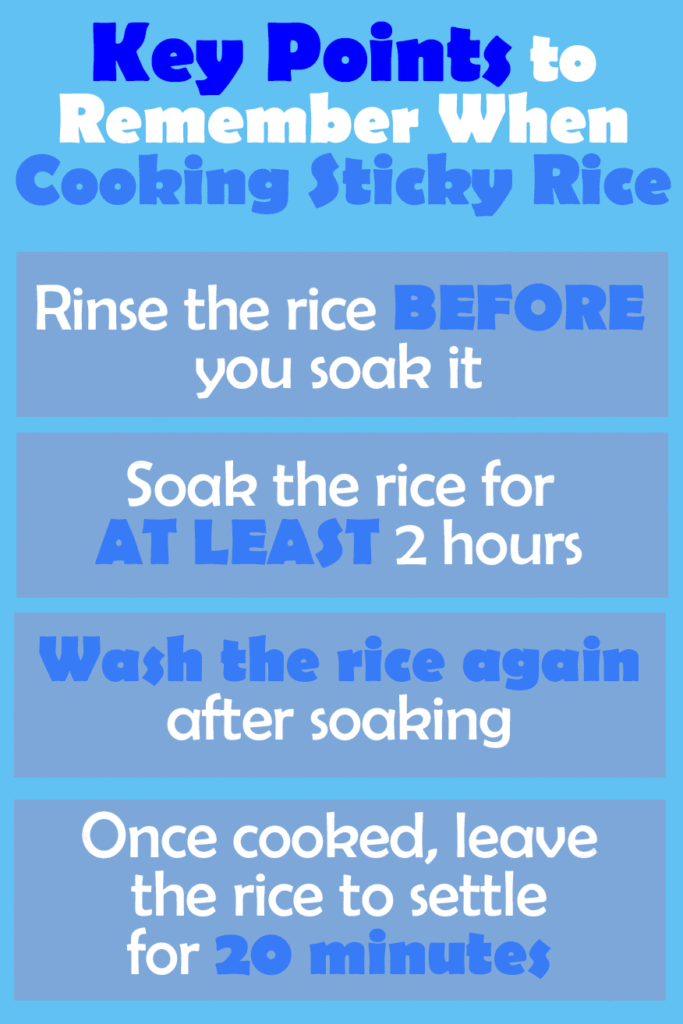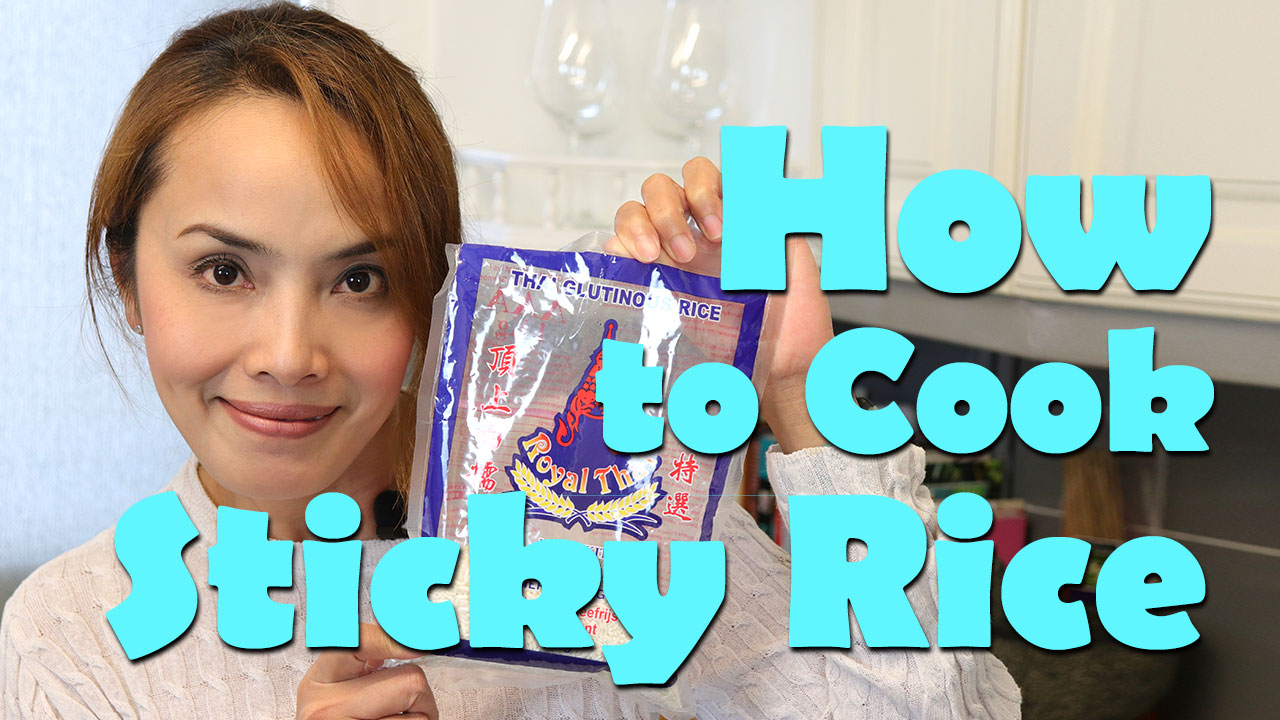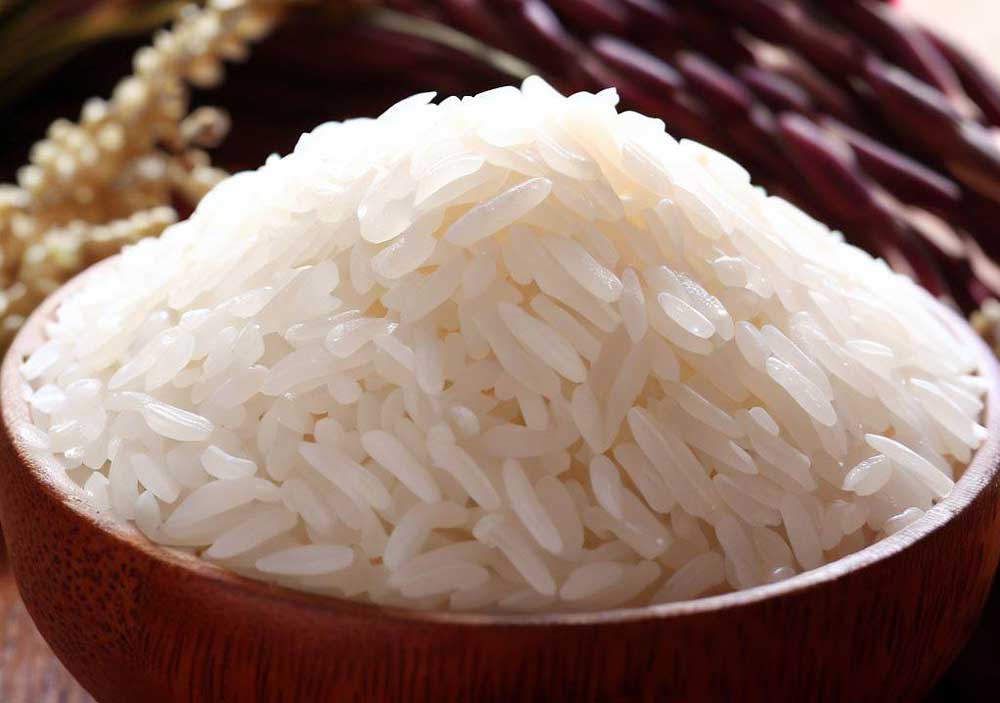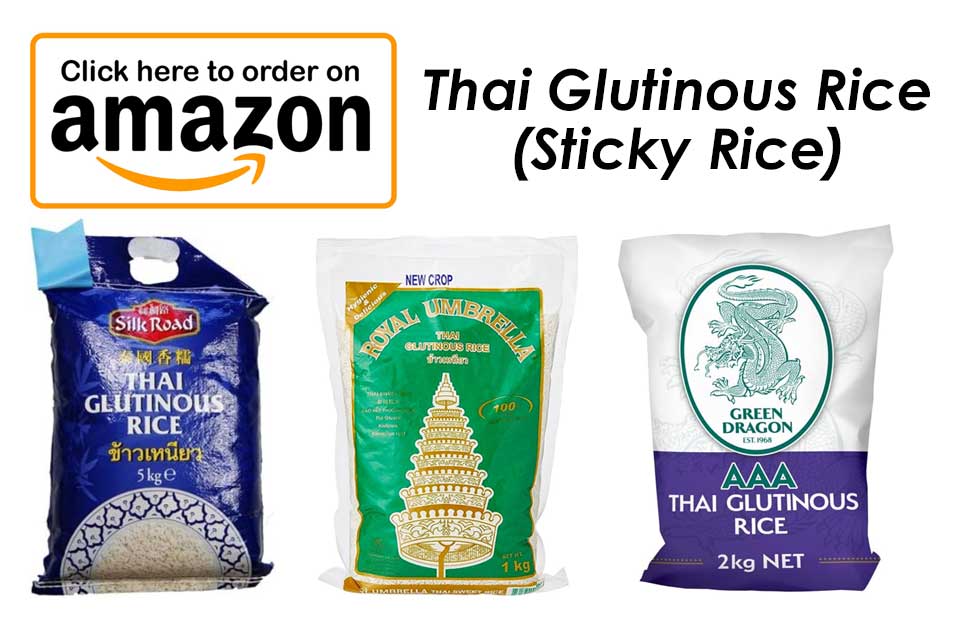Jasmine rice is generally regarded as the most popular rice in Thailand, although sticky rice comes a very close second. Actually, in some parts of Thailand like the north and north-east, sticky rice is much more popular than Thai Jasmine rice. I can guarantee that every single person in the north-east knows how to cook sticky rice!
In a Hurry? Click Here to jump to the YouTube Video
So What is Sticky Rice?
Sticky rice, also known as sweet rice or glutinous rice, is a staple food that transcends borders and culinary preferences throughout Asia. While it may be most famously associated with Thai cuisine, its influence stretches far and wide across the continent. Unlike its distant cousin, Jasmine rice, sticky rice boasts a unique stickiness that defies comparison.
To the untrained eye, the difference between Jasmine rice and sticky rice might not be immediately apparent. Both varieties indeed have a certain degree of stickiness when cooked, especially when compared to the long-grain rice prevalent in Indian dishes. However, the stickiness of sticky rice is in a league of its own. It possesses a remarkable adhesive quality, allowing it to be rolled into compact, hand-held morsels.
One of the charming customs associated with sticky rice is the practice of eating it by hand. Its unique texture allows diners to effortlessly pinch it into a clump, creating the perfect vessel for dipping into a preferred sauce. You may also know it from Thailand’s most popular dessert, sticky rice and mango.
Can You Make Sticky Rice with Jasmine Rice?
A lot of people want to know how to make sticky rice with jasmine rice, but the simple answer is, no, you can’t
Jasmine rice is not the same as sticky rice, and they have different characteristics. Jasmine rice is a long-grain rice variety that is known for its fragrant aroma and slightly sticky texture when cooked, but it is not the same as glutinous or sticky rice.
Sticky rice, also known as glutinous rice or sweet rice, is a short-grain rice variety that is naturally very sticky when cooked. It has a higher starch content compared to jasmine rice, which is what gives it its characteristic stickiness.
If a recipe specifically calls for sticky rice, it’s important to use glutinous or sticky rice, not jasmine rice, to achieve the desired texture and consistency. The two types of rice are not interchangeable in recipes that rely on the stickiness of glutinous rice. Learning how to cook jasmine rice and how to cook sticky rice are two totally different subjects.
How to Cook Sticky Rice in a Steamer
Cooking sticky rice at home is pretty straightforward, and you don’t need a lot of equipment. Basically, you only need a steamer and muslin cloth!
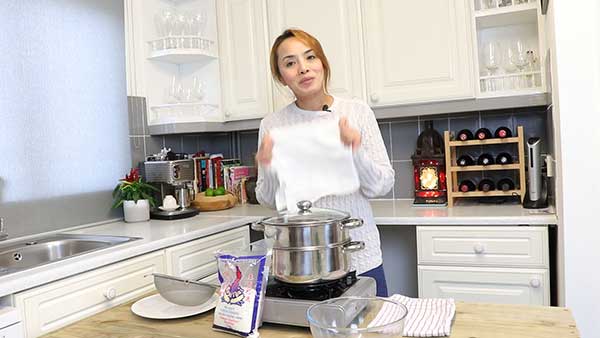
Decide on how much rice you want to cook and put it into a bowl. The next step is to wash the rice under the tap. This step is very important for sticky rice, so don’t skip it, otherwise your rice will end up in a big gloopy mess! Wash it two or three times until the water starts to become clearer.
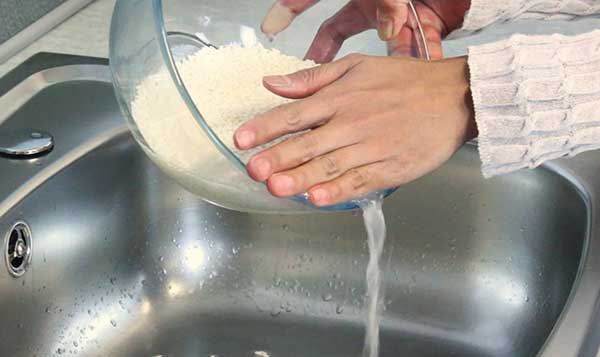
Next, you have to leave the rice soaking in the water for at least two hours. It’s best if you can leave it to soak overnight, but if you haven’t pre-planned, then two hours is the absolute minimum you can leave your sticky rice before you start steaming it.
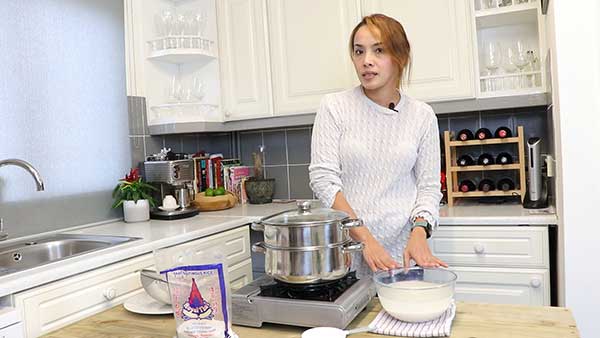
Once your rice has finished soaking, you need to wash it again. It’s best to use a sieve this time because you want to strain the water away afterwards. Wash the rice two or three times, and you should notice that the water has become a lot clearer. This means you have got rid of the excess starch which would have caused your rice to become over sticky. This is the most common mistake when people don’t know how to cook sticky rice properly!
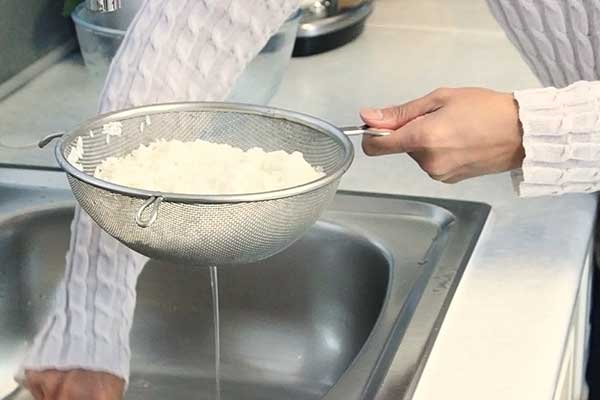
Now we are finally ready to start cooking the sticky rice! Once your steamer has begun to boil, place the muslin cloth in the top of the steamer and place your sticky rice on the muslin cloth. Use your hand or a spatula to gently level the rice, then fold the muslin cloth over the rice.
It’s very important to make sure you leave some gaps around the muslin cloth so that the steam can circulate properly. If you don’t then your sticky rice will be cooked underneath but not on top!
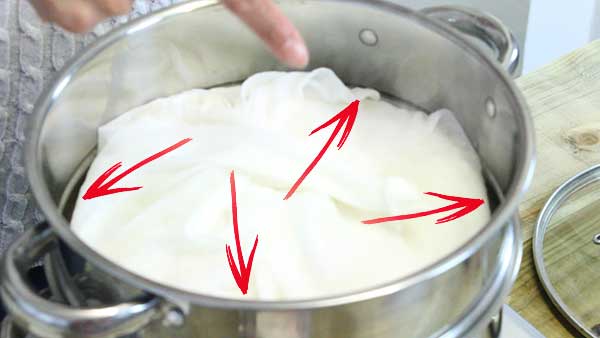
Put the lid on and let it steam for 20 – 30 minutes. Use a fork to check it after 20 minutes. Taste a bit if you like to check whether it is ready or not. If not, put the lid back on and give it a few more minutes.
Once your sticky rice has finished cooking, lift the muslin cloth out and pour the rice into a bowl. Place a lid over the bowl and let it settle for a further 20 minutes!
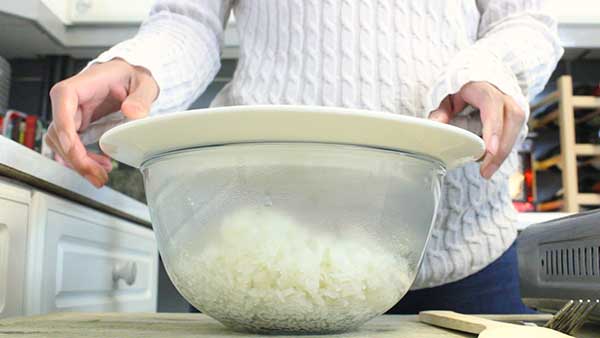
Done: )
